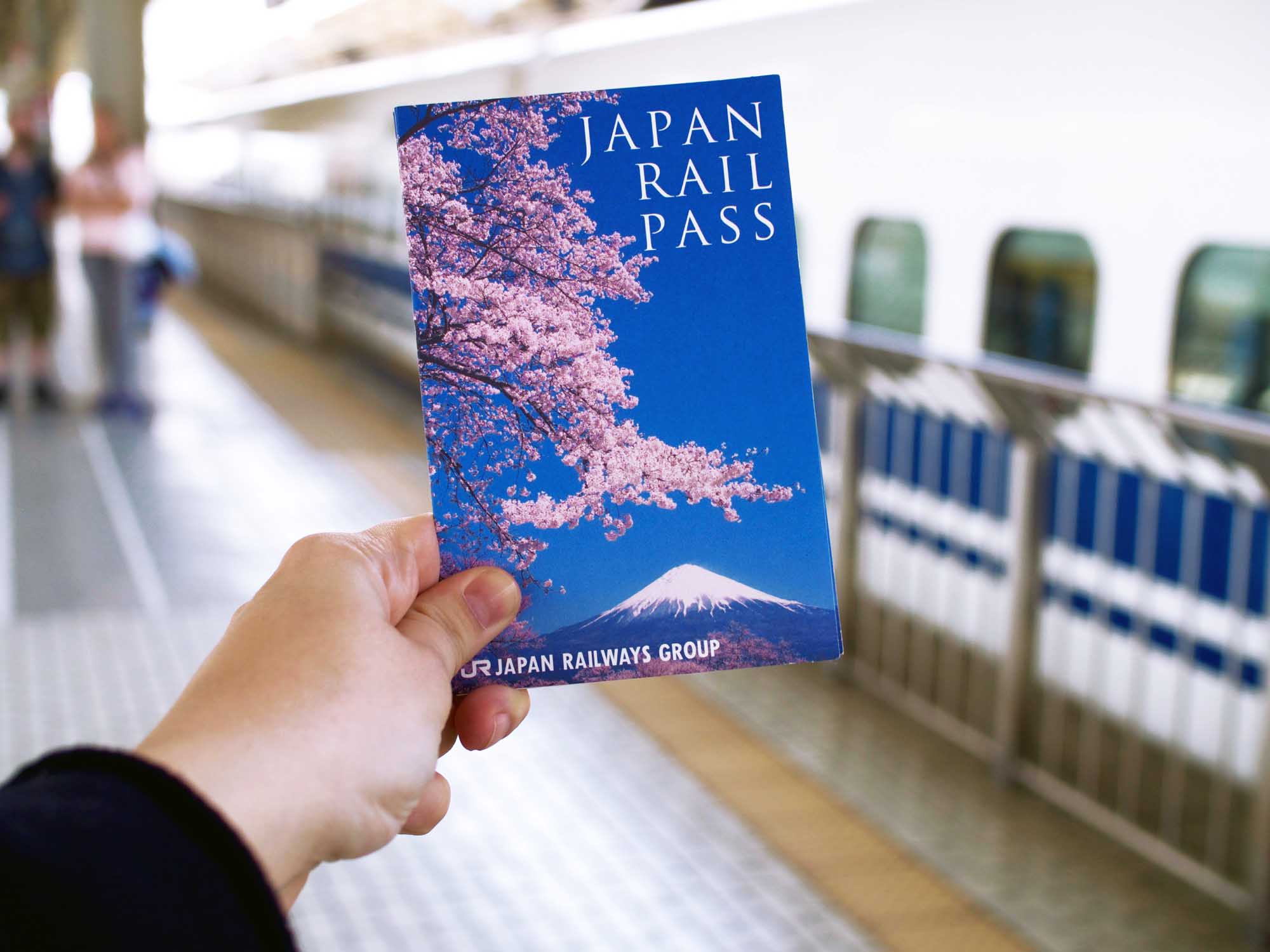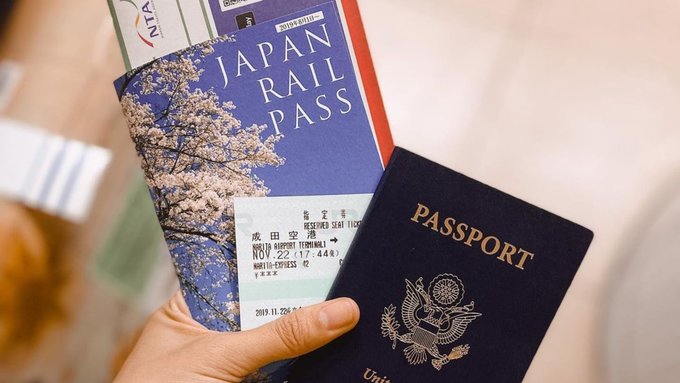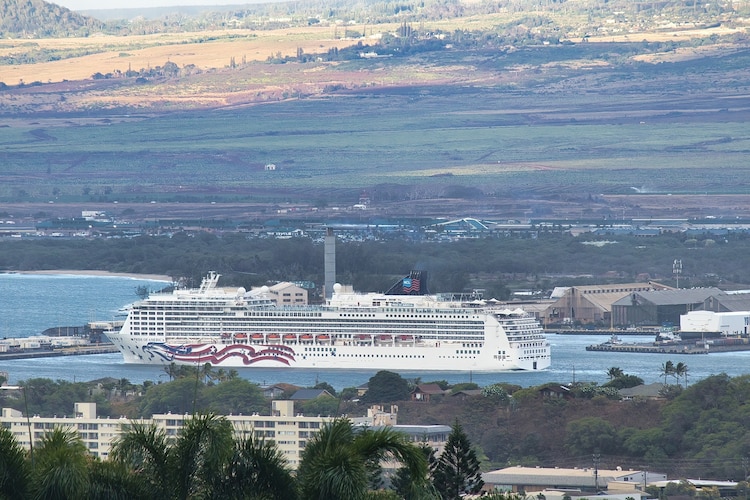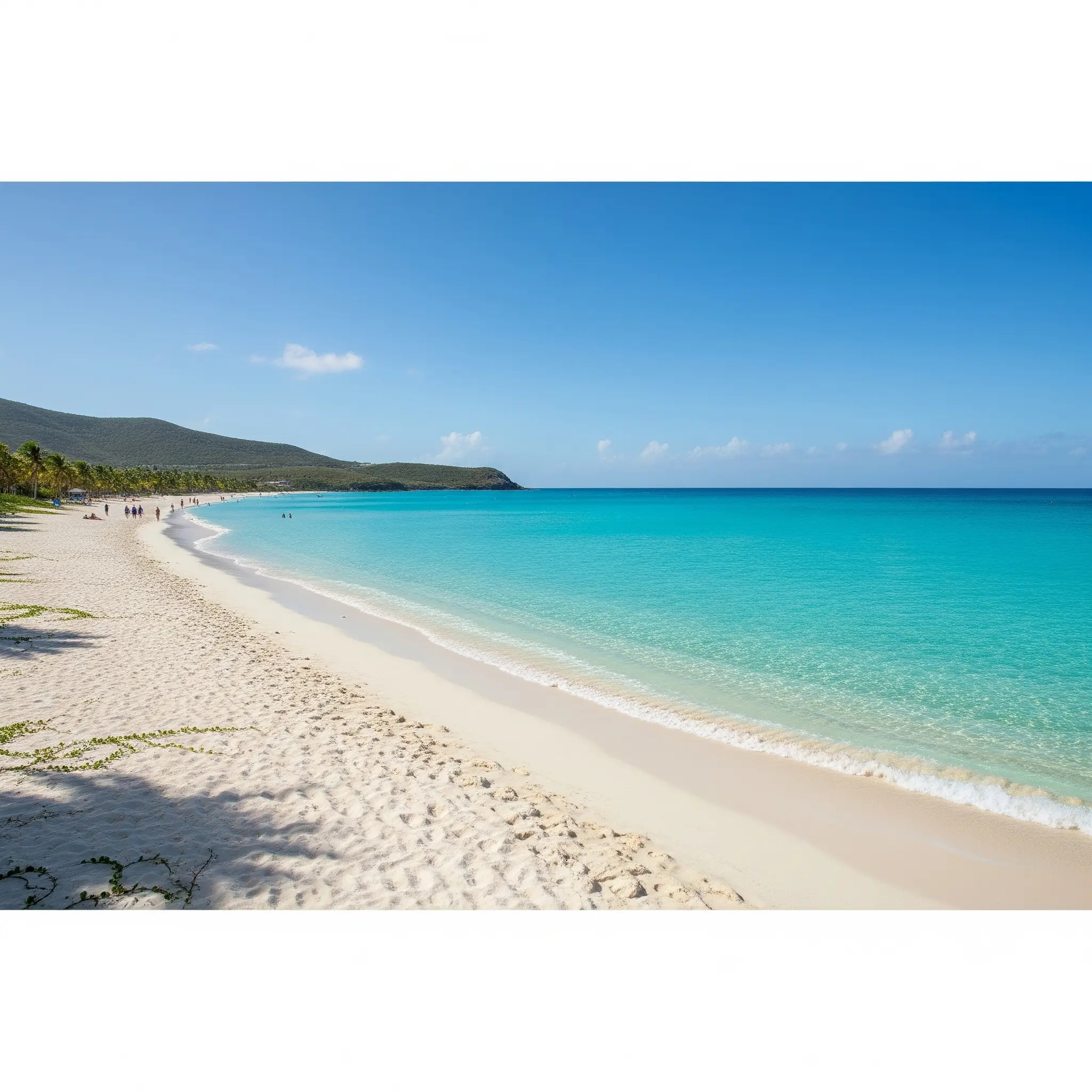
Welcome, travelers! You are planning a dream trip to Japan. Visions of majestic temples in Kyoto, the iconic Shibuya Crossing in Tokyo, and a warm bowl of ramen in Sapporo are likely already dancing in your head. But amidst all the excitement, a big, slightly intimidating question often arises: How do I navigate Japan’s transportation system? And which tickets do I actually need?
This concern is completely valid. Japan has one of the most efficient, punctual, and extensive networks of trains, subways, and buses in the world. However, this efficiency comes with a diverse array of tickets, passes, and cards that can make your head spin before you even set foot in Narita Airport.
This article is the answer to all your confusion. We will break down, layer by layer, every type of ticket you need to know about as a tourist. Forget the headache of trying to decipher route maps that look like a tangled mess of yarn. Consider this your digital compass to conquer Japan’s transportation with confidence, efficiency, and, most importantly, cost-effectiveness. Let’s start this adventure!
Read Also: 14 Top Destinations in Osaka, Japan
The Foundation of Inter-City Travel: The Japan’s Transportation Rail Pass (JR Pass)

You’ve probably heard of this one. The Japan Rail Pass, or more commonly known as the JR Pass, is often called the “golden ticket” for tourists. Essentially, it’s an all-you-can-ride pass that gives you unlimited access to almost the entire Japan Railways (JR) Group network across the country, including the legendary Shinkansen bullet trains.
Post-Price Hike: Is the JR Pass Still Worth It?
This is the most crucial question in 2025. In October 2023, the price of the JR Pass saw a significant increase, completely changing its value proposition. Let’s look at the latest prices (prices may fluctuate slightly with exchange rates):
- 7-Day JR Pass: ¥80,000 (previously ~¥50,000)
- 14-Day JR Pass: ¥110,000 (previously ~¥80,000)
- 21-Day JR Pass: ¥140,000 (previously ~¥100,000)
In the past, a simple round trip from Tokyo to Kyoto on the Shinkansen was enough to make the 7-day JR Pass a money-saver. Now, the calculation is different.
The new version of the JR Pass only breaks even if you undertake extremely intensive long-distance travel. For context, a round trip from Tokyo to Kyoto (approx. ¥28,000) plus a trip to Hiroshima (approx. ¥20,000 one-way) and a few other local JR journeys are what it now takes for the 7-day ¥80,000 pass to start making sense.
A new advantage to consider: Since the price hike, the JR Pass now grants access to the fastest Shinkansen trains like the Nozomi and Mizuho, which were previously excluded. You just need to pay a supplemental fee for a reservation on these trains. This is a luxury that can save you a significant amount of travel time.
Conclusion: The JR Pass is no longer an automatic “must-buy.” It is now better suited for travelers with a very packed itinerary, moving cities every 1-2 days, who prioritize maximum speed and flexibility. For most tourists, other alternatives may now be more attractive.
How to Buy and Activate the JR Pass

- Purchase: You can buy the JR Pass through the official Japan Rail Pass website or via an authorized travel agent in your home country before you leave for Japan.
- Receive Your Exchange Order: After purchasing, you will receive an “Exchange Order” via email or mail. This is not the actual JR Pass.
- Exchange in Japan: Upon arrival in Japan, you must exchange this Exchange Order at a designated “JR Ticket Office” (Midori no Madoguchi) found at major airports or main train stations. You will need to show your passport with the “Temporary Visitor” stamp.
- Activation: When you exchange the order, you can choose the start date for your pass. For example, if you arrive in Japan on June 1st but will only start your long-distance travel on June 3rd, you can request the pass to be activated from June 3rd.
The Smart and Budget-Friendly Alternative: Regional Rail Passes
These are the new stars of Japan travel planning after the JR Pass price increase. If your itinerary is focused on one specific region, a Regional Pass is a far more economical and efficient option. These passes are also issued by the various branches of the JR Group, but their coverage is limited to a specific geographical area.
Their beauty lies in their much more affordable price points, and they often cover everything you need within that region.
Examples of Popular Regional Passes:
- Kansai Area Pass: Perfect if you are only exploring the Kansai region (Osaka, Kyoto, Nara, Kobe, Himeji). There are options from 1 to 4 days at very friendly prices.
- Tokyo Wide Pass: Ideal for 3 days of travel from Tokyo to popular surrounding destinations like Mount Fuji (Kawaguchiko area), Nikko, or the Izu Peninsula. It offers excellent value for money.
- Kansai Hiroshima Area Pass: A fantastic choice if you want to combine the Kansai region with a trip to Hiroshima and Miyajima. This 5-day pass is significantly cheaper than the national JR Pass.
- Hokkaido Rail Pass: If your adventure is centered on Japan’s northern island, this pass provides extensive access to the rail network in Hokkaido.
- JR East Pass (Tohoku Area / Nagano, Niigata Area): Two different passes that are great for exploring the regions north of Tokyo, each with its own unique appeal.
When should you choose a Regional Pass? Almost always, unless your itinerary truly crisscrosses the entire country from Hokkaido to Kyushu in a short period. Plan your route first, then check if there is a Regional Pass that fits. There’s a high chance one exists!
The Heart of Daily Travel: The IC Card (Suica, Pasmo, ICOCA)
If the JR Pass is for travel between cities, then the IC Card is the key to daily life within the cities. Think of it as your rechargeable e-wallet for transportation.
The Magic of One Card for Everything
An IC Card is a tap-and-go smart card. You simply tap it on the ticket gate reader when you enter and exit a station, and the fare is automatically deducted from your balance. Its usefulness doesn’t stop there. Here is its true innovative impact for tourists:
- Transportation: Usable on almost all trains, subways, and buses across Japan (not just JR).
- Payments: Can be used to pay at convenience stores (konbini) like 7-Eleven, FamilyMart, and Lawson.
- Vending Machines: Buy a drink from the ubiquitous vending machines.
- Coin Lockers: Rent a locker at a station to store your luggage.
- Restaurants and Shops: Many shops and small restaurants now accept IC Card payments.
Suica vs. Pasmo vs. ICOCA: What’s the Difference?
Historically, these cards originated from different regions:
- Suica: Issued by JR East (Tokyo area).
- Pasmo: Issued by non-JR operators in Tokyo (like Tokyo Metro).
- ICOCA: Issued by JR West (Kansai area: Osaka, Kyoto).
The great news: Since 2013, the 10 major IC Cards in Japan have been mutually compatible. This means you can buy a Suica in Tokyo and use it without issue on the Osaka subway or a bus in Fukuoka. So, don’t worry about the difference. Just get the first card you come across at your arrival airport or station.
Latest Innovations: IC Cards on Your Smartphone and Special Tourist Cards
Due to a global semiconductor chip shortage, the issuance of new physical IC cards was temporarily suspended. This spurred innovations that offer great convenience:
- Digital IC Cards: If you use an iPhone (Apple Pay) or certain Android phones with Google Wallet, you can add a Suica, Pasmo, or ICOCA directly to your phone! You can top it up anytime using a credit card stored on your phone. This is the most practical and modern method.
- Welcome Suica & Pasmo Passport: These are special IC cards for tourists with a 28-day validity period. These cards do not require a deposit (standard physical cards require a ¥500 deposit) and feature special designs that can serve as a souvenir. They are available at major international airports.
Our recommendation: As soon as you arrive in Japan, get one of these IC Cards. Whether it’s the digital version on your phone or a physical Welcome Suica/Pasmo Passport, it will simplify 90% of your short-distance travel within cities.
Case Studies: Designing a Transport Plan for Different Itineraries
Enough with the theory, let’s put it into practice. Which tickets should you buy for a specific itinerary?
Itinerary 1: The Classic “Golden Route” (10 Days: Tokyo – Hakone – Kyoto – Osaka)
This is the most popular route for first-time visitors.
- Analysis: You will be making a long-distance trip from Tokyo to Kyoto/Osaka.
- Recommendation:
- Do not buy the 7-Day National JR Pass for ¥80,000. It’s absolutely not worth it.
- Buy single Shinkansen tickets online (e.g., via the SmartEX app) or at the station.
- Use an IC Card (Suica/Pasmo/ICOCA) for all local travel within Tokyo, Kyoto, and Osaka.
- For Hakone, consider buying the Hakone Free Pass, a special regional pass for that area which covers all its unique transport.
Itinerary 2: In-depth Kansai Exploration (7 Days: Osaka – Kyoto – Nara – Himeji)
Your focus is solely on one region.
- Analysis: All travel is within the Kansai region. There are no long-distance Shinkansen journeys.
- Recommendation:
- Buy a Kansai Area Pass or a Kansai Wide Area Pass. Use this pass on the days you travel between cities.
- On days when you are only exploring within one city, just use your IC Card.
Itinerary 3: Tokyo and Surroundings Focus (5 Days)
You are based in Tokyo and want to take a few day trips.
- Analysis: Travel is centered around Tokyo.
- Recommendation:
- Buy the Tokyo Wide Pass (~¥15,000 for 3 days). Use it for 3 consecutive days for long day trips.
- For the remaining 2 days, when you are only exploring inner-city areas, use your IC Card.
- An alternative for inner-city days: If you plan to ride the subway very frequently, consider the Tokyo Subway Ticket (24, 48, or 72 hours).
Frequently Asked Questions (FAQ)
Do I need to reserve seats on the train? For the Shinkansen and other Limited Express trains, it is highly recommended to reserve a seat, especially if you are traveling in a group or during peak seasons. The non-reserved cars can get very crowded. If you have a JR Pass or a Regional Pass, you can make reservations for free.
So, there’s no single magic ticket for all transportation in Japan? Exactly. There is no single ticket that covers everything. This is why the best strategy is a combination: a Pass (if necessary) for long-distance travel and an IC Card for everything else.
How do I buy a single ticket from a machine? Modern ticket machines have an English language option. Typically, you look at the route map above the machine to find the fare to your destination, insert cash, and select the correct fare button. However, with an IC Card, you can skip this entire process.
Conclusion: Plan Your Route, Choose Your Weapons
So, how many tickets do you need to travel in Japan? The answer isn’t a number, but a strategy. There is no longer a one-size-fits-all answer like “Just buy the JR Pass.”
The post-2023 world of Japanese transportation demands smarter planning from travelers, but it also offers greater flexibility.
- Map Your Route: This is the first and most important step.
- Evaluate Your Pass Needs: Use a calculator or manually check if a National or Regional Pass is worth it.
- Get an IC Card: This is non-negotiable. Get a Suica, Pasmo, or ICOCA.
- Combine Intelligently: The most effective strategy is a smart combination of these tools.
By understanding these four pillars—the JR Pass, Regional Passes, IC Cards, and single tickets—you are no longer just a confused tourist. You are a savvy navigator, ready to explore every corner of the Land of the Rising Sun efficiently, confidently, and financially smart.
Happy planning for your dream trip to Japan!









